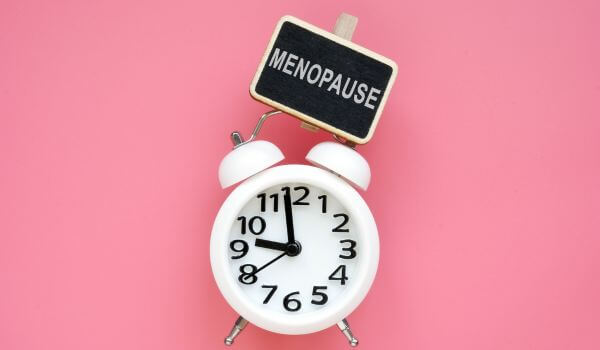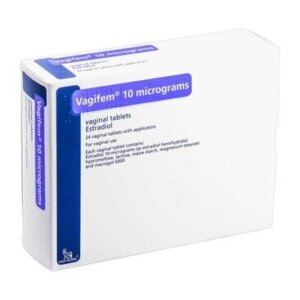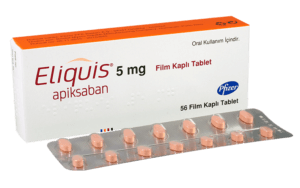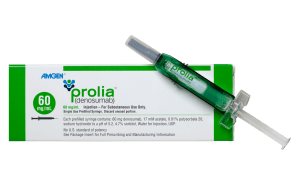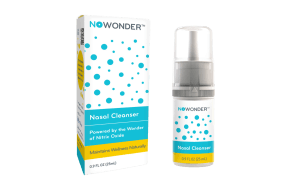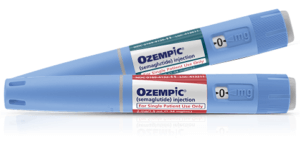 For years, one of my clients struggled with swallowing difficulties and discomfort. She was repeatedly told it was acid reflux and prescribed acid-reducing treatments that didn’t really work. It wasn’t until she was finally diagnosed with eosinophilic esophagitis (EoE) that things began to improve. With the right treatment plan, including tailored dietary changes and medications, her quality of life improved significantly.
For years, one of my clients struggled with swallowing difficulties and discomfort. She was repeatedly told it was acid reflux and prescribed acid-reducing treatments that didn’t really work. It wasn’t until she was finally diagnosed with eosinophilic esophagitis (EoE) that things began to improve. With the right treatment plan, including tailored dietary changes and medications, her quality of life improved significantly.
EoE is a common allergic condition that affects the esophagus. It causes swallowing problems and is linked to eosinophils, a type of white blood cell. Treatment often includes avoiding certain foods that trigger symptoms as well as using corticosteroid medication.
The first detections of eosinophilia in the esophagus were reported in the 1960s and 1970s. However, eosinophilic esophagitis was only officially identified in 1993, when a study described patients with eosinophilia in the esophagus but no signs of acid reflux. In the past, and even up to the present, as in my client’s case, many cases of EoE were mistakenly diagnosed as gastroesophageal reflux disease (GERD). This diagnosis was later questioned because patients had normal esophageal pH levels and did not improve with acid-reducing treatments.
What causes eosinophilic esophagitis?
EoE is a chronic disease caused by a mix of genetic and environmental factors. It happens when the immune system overreacts to foods, allergens or acid reflux, leading to inflammation in the esophagus. Foods like milk, wheat, soy, eggs, and seafood are some of the most common triggers.
Long-term inflammation and the buildup of eosinophils in the esophagus can cause scarring beneath the surface tissue. Over time, this leads to changes in the structure and function of the esophagus. In severe cases, the esophagus can become narrowed, making it hard to swallow and causing food to get stuck. Many people with eosinophilic esophagitis also have other allergic conditions, like asthma, hay fever, or eczema. EoE happens more often in males and usually affects people under 40 years of age.
What are the symptoms of EoE?
The symptoms of eosinophilic esophagitis vary, mostly based on a person’s age. Younger children often have trouble eating, may vomit, or struggle to gain weight. Teenagers and adults usually report having trouble swallowing or feeling like food gets stuck. Other signs can include chest pain, heartburn, or stomach discomfort. Many people are diagnosed only after trying medication for acid reflux, which doesn’t fully relieve their symptoms.
EoE is linked to a widespread loss of flexibility in the esophagus. In severe cases, patients may experience food getting stuck due to a narrow esophagus and problems with movement. Advanced cases of the condition can lead to serious risks like esophageal tears (Boerhaave’s syndrome).
How is eosinophilic esophagitis diagnosed?
EoE is diagnosed by recording the symptoms, examining the esophagus with an endoscopy, and taking tissue samples for laboratory tests. Doctors use an upper gastrointestinal (GI) endoscopy with biopsies as the first test to check for EoE in patients. Eosinophilic esophagitis is diagnosed when the endoscopy finds at least 15 eosinophils in one high-power field under a microscope. To get accurate results, gastroenterologists often take tissue samples from different parts of the esophagus, both upper and lower, because EoE can appear unevenly. To confirm the diagnosis, eosinophils in the esophagus must still be present after an 8-week treatment with a proton pump inhibitor, as recommended by the American College of Gastroenterology (ACG) guidelines. This treatment helps tell the difference between EoE and GERD.
To make a definitive diagnosis of eosinophilic oesophagitis, all of the following must be met:
- Persistent symptoms of esophagus problems, like trouble swallowing.
- At least 15 eosinophils are detected per high-power field (hpf) in an esophageal biopsy.
- Eosinophils are still present after trying a proton pump inhibitor (PPI).
- Other possible causes of EoE have been ruled out.
What is the treatment of eosinophilic esophagitis?
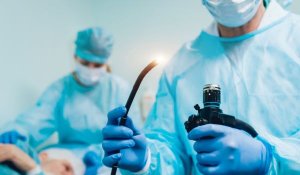
Medications
A proton pump inhibitor (PPI) such as Nexium, Prilosec, Protonix, or Prevacid is often recommended as the first treatment of eosinophilic esophagitis. If the patient’s symptoms improve with PPIs, doctors will perform another endoscopy and take a biopsy of the esophagus. If no eosinophils are found in the biopsy, the issue may be caused by acid reflux (GERD) with eosinophilia or a non-GERD type of PPI-responsive EoE. If symptoms and eosinophils remain after PPI treatment, the condition is likely immune-mediated EoE.
In that case, the American College of Gastroenterology recommends an 8-week treatment with topical steroids, which are swallowed (not inhaled). The steroids commonly used in the U.S. include fluticasone or budesonide.
Jorveza is one such budesonide tablet that dissolves in the mouth and is used in the treatment of eosinophilic esophagitis in adults aged 18 and above. Jorveza helps reduce inflammation in the esophagus, making it easier to swallow food.
Diet

Targeted elimination diet
This method removes foods from the diet that allergy tests or patient history suggest may cause problems. Allergy testing usually includes skin or patch tests for many different foods. While some patients prefer this method, it works less than half the time, as it is difficult to comply with.
Six food elimination diet
This method avoids six types of foods that are commonly linked to allergies. Milk and wheat are the most common triggers, followed by eggs, soy, nuts, and seafood. Research has shown that this approach leads to recovery in about 72% of patients. The six-food elimination diet is often chosen because it works well and is easier for many patients to follow than the targeted elimination diet.
The elemental diet
This diet replaces all regular food with a liquid formula made of amino acids, carbs, fats, and minerals. While it works for about 90% of people, most have trouble sticking to it. Common issues include the high cost, bad taste, and having to give up solid food, which can make social situations difficult.
Endoscopic treatment
Esophageal dilation is a surgical treatment of eosinophilic esophagitis used to widen the esophagus and quickly relieve trouble swallowing. This treatment is usually done for patients who haven’t improved with other options or have severe narrowing of the esophagus. The process requires several endoscopy sessions over a few weeks, which can be challenging for patients. However, it does not address the inflammation causing the problem. Studies show that without changes to diet or medication, symptoms often return about two years after the treatment.
Staying away from allergens can help improve EoE symptoms. Working with a medical specialist as well as a dietitian can make it easier to follow the right plan for the treatment of eosinophilic esophagitis. A combination of medication and dietary interventions is often the best course of treatment. In addition, regular follow-up endoscopy procedures may be necessary to monitor the condition and make any necessary adjustments to treatment plans.
FAQs
How do you get immediate relief from eosinophilic esophagitis?
Immediate relief from EoE symptoms can be achieved by eliminating trigger foods and following a strict elimination diet. This should be done under the guidance of a medical specialist and/or dietitian.
What is the biggest trigger for EoE?
The biggest trigger for EoE is food allergens, such as certain types of proteins found in dairy, soy, wheat, and eggs. Other triggers may include environmental allergies and acid reflux disease.
What autoimmune diseases are associated with EoE?
Some autoimmune diseases that have been associated with EoE include celiac disease, Crohn’s disease, and eosinophilic colitis. It is important for individuals with these conditions to be aware of the potential link and consult with their doctor if they experience symptoms of EoE.
What happens if you don’t treat eosinophilic esophagitis?
If left untreated, EoE can lead to complications such as narrowing of the esophagus, difficulty swallowing, and chronic inflammation. It can also cause damage to the lining of the esophagus, leading to scarring and strictures.
Can probiotics help eosinophilic esophagitis?
There is limited research on the use of probiotics for EoE, but some studies have shown potential benefits. Probiotics may help restore balance in gut bacteria and reduce inflammation in the esophagus. However, more research is needed to determine their effectiveness in treating EoE.




